B2D is a business model that has a developer-first approach. It's a fairly recent term that encompasses many different elements, such as developer relations and developer personas – meaning that B2D is all about marketing to developers.
But why developers specifically? Why not focus on the B2B or B2C markets instead, since they're huge and well understood?
Because the developer audience is too different from these segments. Devs have high expectations, are savvy – and averse – to marketing tactics, and tend to trust other devs above everyone else.
Developers are very skeptical people. They're very technical people. They're not easily swayed by sales and marketing pitches.
I.e., developers have unique characteristics that need to be taken into account, so much so that they warranted the creation of a new term: B2D.
So, in this article, we talk about:
- B2D meaning
- What is B2D marketing?
- B2B, B2C, B2D
- Marketing to developers: who does it?
- B2D companies
- B2D strategies
B2D meaning
The meaning of B2D is business-to-developer – literally, marketing to developers. The target audience includes software developers, technical experts, and other individuals who create or integrate tech solutions.
Why sell to developers?
Tech advances at a dizzying pace, and while most people have access to tools and platforms that require no code, for example (such as Wordpress), we still need someone to create those tools and platforms in the first place.
So, it's fair to say that developers are becoming more influential (a 2020 report by Stack Overflow even found that 57% of developers have a say in the product/technology-buying process).
Part of this is that developers have a deep understanding of technical products (more so than anyone else), so their expertise gives them a lot of power in their orgs. Targeting devs means they'll be able to report back about your product.
On top of this, there are millions of developers out there, and the dev population is still growing rapidly (and it's expected to reach about 29 million by 2024).
It's also noteworthy to consider that developer pain points are on rise. The tech industry is fast-paced, old tech needs maintaining, new tech leads to new opportunities, and so on... The needs and demands of developers will only continue to grow as well.
Developers also love to help, so they can provide your product with insightful feedback, become an advocate, or even help solve bugs and other issues. This is why developer communities are so important!
And, if you get it right and your marketing resonates with your developer audience, you'll also find that devs will happily share your content/product with their peers. Word-of-mouth is incredibly important in developer marketing, since this audience tends to trust the opinion of other devs above all others.
After all, developers are like cats. They don’t like to be herded. They want to make their own decisions, but they trust other cats.
So, ignoring this market is a huge mistake.
But is B2D well-known?
Despite that, developer marketing is still a growing field and, because of that, not as recognizable as B2B and B2C.
This was obvious to us in our State of Developer Marketing Report, as we posed this question to the marketers surveyed: "Do people in your company know what developer marketing is and what you do?"
40% of respondents said 'No, it's challenging', which showcases how dev marketing is barely out of its infancy.
However, 16.7% of marketers feel that their company's stakeholders have a decent understanding of B2D, which is a step in the right direction.

What is B2D marketing?
B2D marketing (A.K.A., developer marketing, business-to-developer marketing, or technical marketing) refers to the strategies used to market your product to a technical audience.
Here are some examples of B2D products:
- Software Development Kits (SDKs)
- Application Programming Interfaces (APIs)
- Integrated Development Environments (IDEs)
- Cloud-based paltforms
- Collaboration tools
- Analytics and data tools
- Testing suites
- Code editors
The goal of B2D marketing is to reach developers and make them aware of the products.
And B2D marketing isn't exactly new. For example, Borland was a computer tech company founded in 1983 that provided IDEs and other software development tools for programmers.
Microsoft, founded in 1975, also began by targeting developers early on with products such as Microsoft BASIC and Visual Basic, which offered programming tools and environments.
Same with Apple, as it launched in 1976, and provided software development tools, such as AppleSoft BASIC and Apple Developer Tools for creating software applications for the Apple II and Macintosh platforms.
DevRel and developer marketing
When marketing to developers, you’ll want to establish relationships with them (also known as developer relations or DevRel) and ensure they have the tools they need to build and implement products into their projects.
B2D marketing involves targeted content, influencer marketing, events, sponsorships, and developer-focused ads, among other things. If developers have all the resources and intel they need to make informed decisions about your products, you can more easily convert them into loyal customers.
The key is to reframe how you approach marketing. Developers do enjoy things like blogs and tutorials, but only because they don't consider them to be marketing. Same goes for thought leadership pieces, documentation, etc.

While devs don't see these as marketing strategies, they absolutely are; and, therefore, they're crucial elements of B2D.
B2B, B2C, B2D
So, the answer to the “what is B2D?” question is now clear – but what about the differences between B2B, B2C, and B2D? The terms describe different target audiences.
B2B marketing (business-to-business marketing) refers to the promotion of products and services from one business to another, which means marketing strategies are aimed at other companies, institutions, and organizations.
This doesn’t mean you can’t have individuals in mind when creating your marketing campaigns. Often, marketing to a business means selling to a CEO, CMO or Director, so make sure you have your personas well defined!

B2C marketing (business-to-consumer marketing) is all about promoting products directly to consumers for personal use. Because the focus is on the individual consumer, the goal of this type of marketing is to raise awareness of and generate interest in a company’s offerings.
B2C can feel more personal but it’s also important to remember that you need personas and archetypes, which are representations of groups. In short, it’s not really about marketing to just one person, but finding people who share common pain points, needs, interests, etc. and market to all of them at once.
B2D marketing is similar to B2B in the sense that the target audience expects support for your product; however, when it comes to sales, it’s more similar to B2C, since price points can be low and sales can happen quickly.
The approach and tactics used in B2B, B2C, and B2D marketing vary depending on the target audience, and the strategies used in each type of marketing can be different as well.
Marketing to developers: who does it?
Marketing to developers is often done by technology companies that offer software tools, platforms, or APIs to developers.
This includes technology companies like Microsoft, Apple, Google, Amazon, and IBM, as well as software development tools providers like JetBrains, GitHub, and GitLab. Other companies that target the developer persona are hosting companies, cloud services providers, and IT consulting firms.
However, developers can also be marketers. Many devs create their own products (apps, SDKs, APIs) and find themselves in the position of having to promote it to other developers. This can be a toughie, as development skills are very different from dev marketing skills!
Developers truly need to become jacks-of-all-trades in that case.

B2D companies
So, what B2D companies are out there? We should first differentiate between developer-first and developer-plus companies.
Developer-first companies
The main focus of these companies is to build and sell products that have been specifically designed to be used by devs. In short, developer-first companies prioritize the needs and preferences of developers and everything they create cater to their requirements.
Examples of developer-first companies are:
- Twilio
- Stripe
- GitLab
- MongoDB
- GitHub
- Stack Overflow
- Arduino
- Unity
- PerceptiLabs
These companies are business-to-developer, or B2D.
Developer-plus companies
On the other hand, the goal of developer-plus companies is to create and sell products for businesses or consumers (B2B and B2C). They can cater to developers as well but they’re not the main audience, as they can target project managers, product designers, etc.
These types of orgs can also offer a more comprehensive suite of tools and services for the software development lifecycle. Examples of developer-plus companies include:
- Qualcomm
- Apple
- Microsoft
- Salesforce
- Amazon
- Atlassian
- Adobe
B2D strategies
Finding the right persona
There are many different types of developers, so narrow down your audience until you get it right. If you're selling a product that helps software developers, a game dev will probably not find it useful.
In addition, developers are on different stages of the developer journey.
Are they aware of your product? Are they ready to buy but need confirmation from a manager? Are they comparing your product to a competitor's? Have they purchased your product and are now being onboarded?
These are all important questions to ask, since someone who's still considering whether to buy your product can benefit from a demo or a use case.

You also need to account for the fact that B2D products often target very different personas: for example, the developer persona and the project manager (who may not have as much technical knowledge). Striking this balance is critical.
William Chia, Product Marketing Leader at Osano, has a lot of great insights on what to do 'when a developer isn't a developer':
"(...) the front-end react developer and back-end node.js engineer. Those are both software developers in a very core sense. Whereas when you start talking about somebody’s primary job, maybe as a quality assurance test engineer, they probably write some code or do some level of automation, but they're not building features. And they use different tooling.
"Or you could have somebody who's a DevOps engineer, whose job is primarily automation and building pipelines. And then you go all the way into infrastructure engineers, where maybe they're managing AWS, Google Cloud, virtual machines, containers, or they're working with Kubernetes.
"Those infrastructure engineers probably write code as part of their day job. But those people have very different problems and they care about different things than, say, a front-end react developer or a node.js feature developer."
You can listen to what William has to say on the matter (as well as get tips to help you target your personas) in this DevMar Debugged podcast episode.
Be genuine and authentic
This is important for all personas, but there's no denying that developers are especially skeptical.
When we say you should be genuine and authentic, we mean that devs can spot a fake a mile away, including attempts at selling a product. If you approach it from an angle of 'I'll just mention the product at the end of this blog and they'll be none-the-wiser', you may find this strategy is not very effective at all.
In fact, Adam DuVander, author of Developer Marketing Does Not Exist, told us a story about just that.
"I think there are a few things with developers that do make them a little bit different. First of all, their job is to spot edge cases. They're supposed to be able to avoid errors. So, part of that is to naturally be skeptical. It's to say, 'Okay, what could go wrong here?' And I think they bring that same lens to any marketing that comes to them
"And there's then a second side of that, where they've been burned by false promises in the past. They've seen marketing that makes big claims that can't possibly fulfill those promises, so that just makes that skepticism much greater.
"At Zapier, I wrote a guide on authentication and great authentication practices. It was a big 2000-word post all about, ‘if you have an app, here are the things you should think about for authentication.’ I mentioned Zapier in three places in this whole post, and it was on Zapier’s engineering blog. But still, someone tweeted and said, ‘This is a genius post other than the marketing spiel.’
"So, even when you try your hardest and really do try to do this educational content, you still might have some of that skepticism. Developers are a tough audience and they'll show you that again and again, even when your motive is to truly help them."

Use humor (but carefully)
Standing out from the crowd and raising your brand awareness is critical, and one way you can do that when marketing to developers is using humor.
However, this ties in with the authenticity we mention above: you can to be genuine and mean it. Developers are very internet literate, and if you don't understand internet humor and meme culture, your marketing efforts can actually backfire.
Cam Agnew and kathie Jurek, from Catchy Agency, have this to say about using humor as a marketing strategy:
"It's very easy to tell when a brand or a company misses the mark. It’s actually quite ugly. It gives the sense that you're trying too hard. So, if you're going to make a meme, make a meme. Don't make an ad shaped meme.
"The risk lies in one's own misunderstanding of that internet culture, or literacy. Humor and memes can be a really useful tool because developers are chronically online people, as are we. So, being able to speak that language is just the nature of the environment that we live in online.
"You can't fake it. I think developers can sniff out inauthenticity very, very quickly."
This is by no means a comprehensive list, as there's truly no magic formula or one-size-fits-all approach. What you can do is understand your audience well (what makes them tick, their concerns, their needs) and offer them value at all times.
Want more intel on all-things dev marketing? How about our B2D guide to product positioning or our 'What is developer relations?' guide?

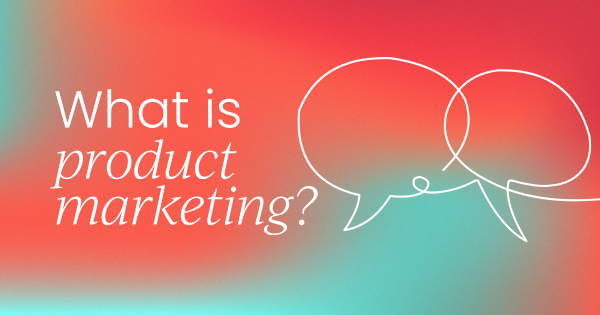


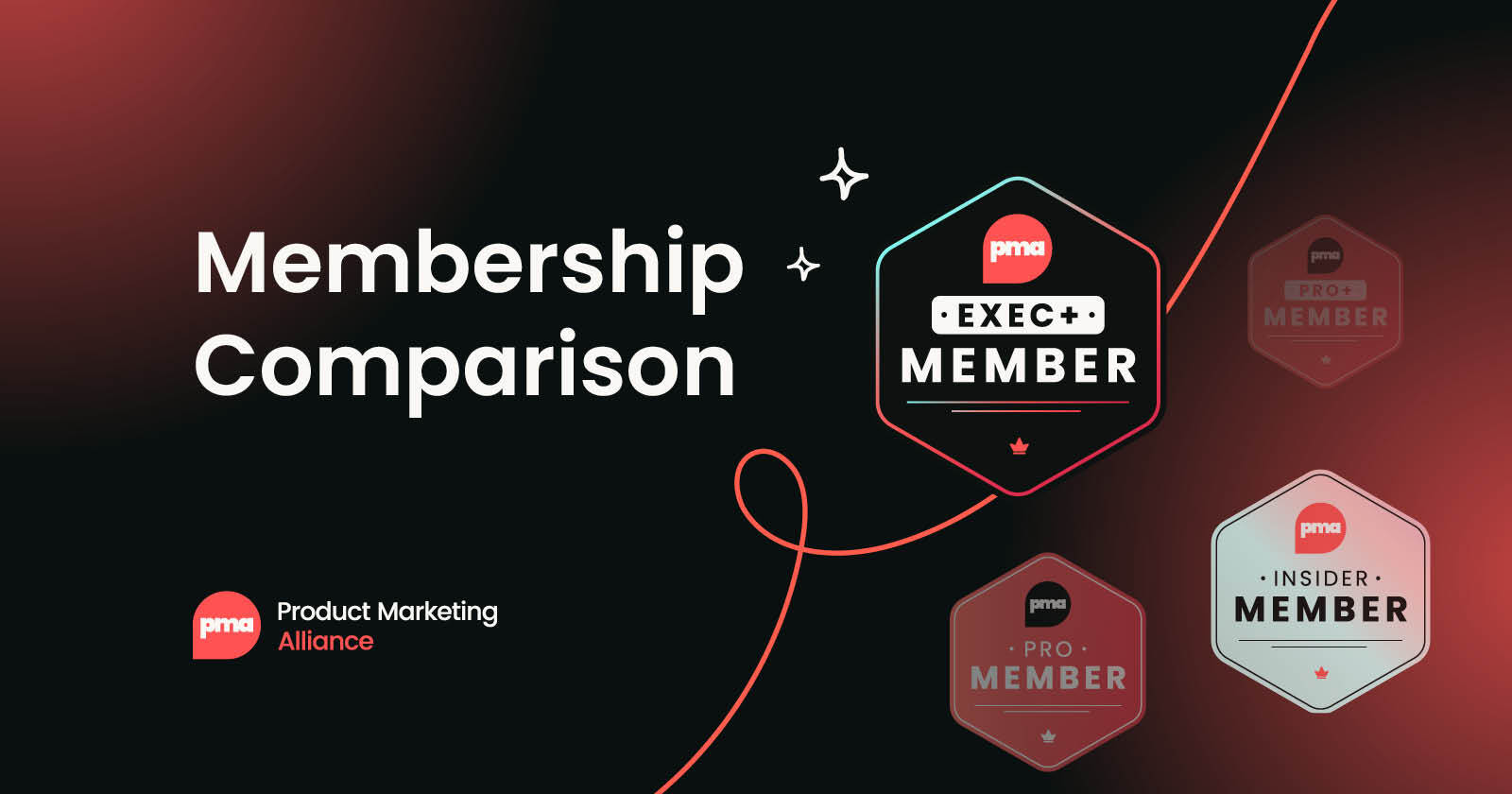
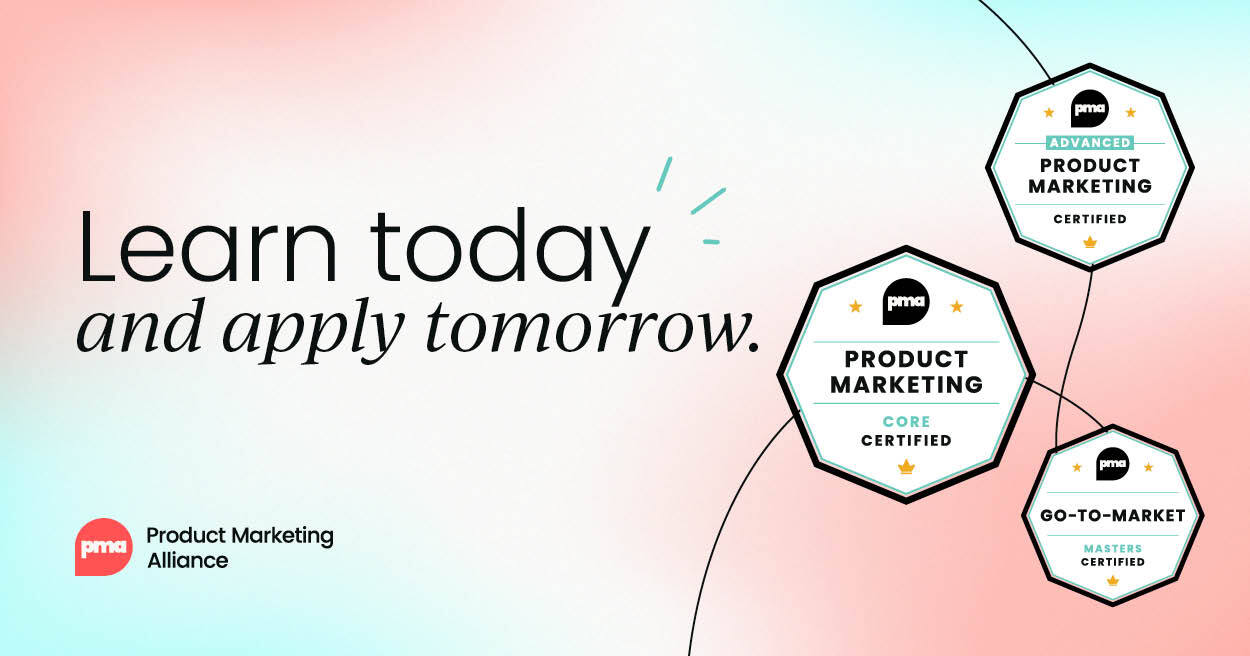
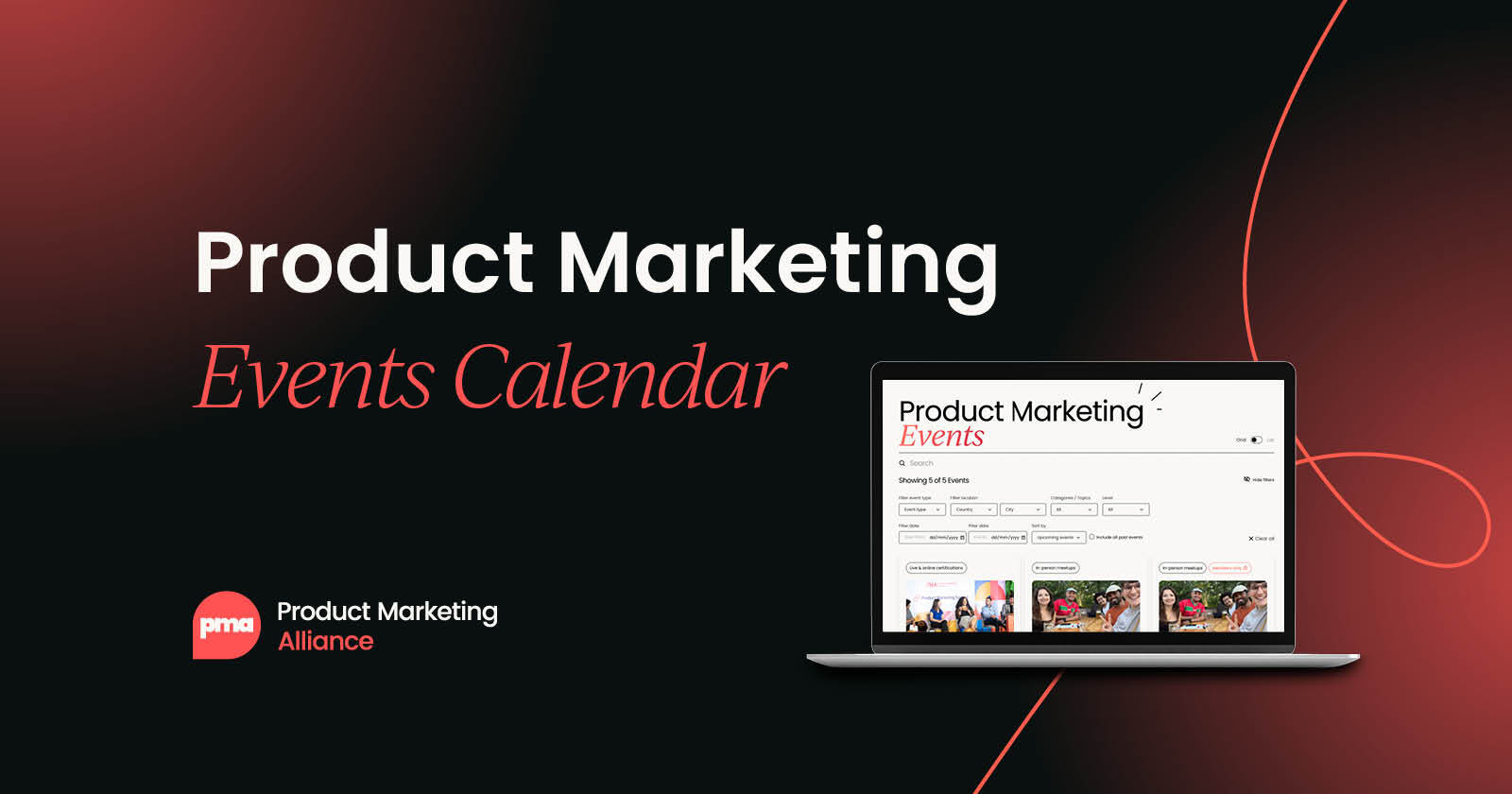
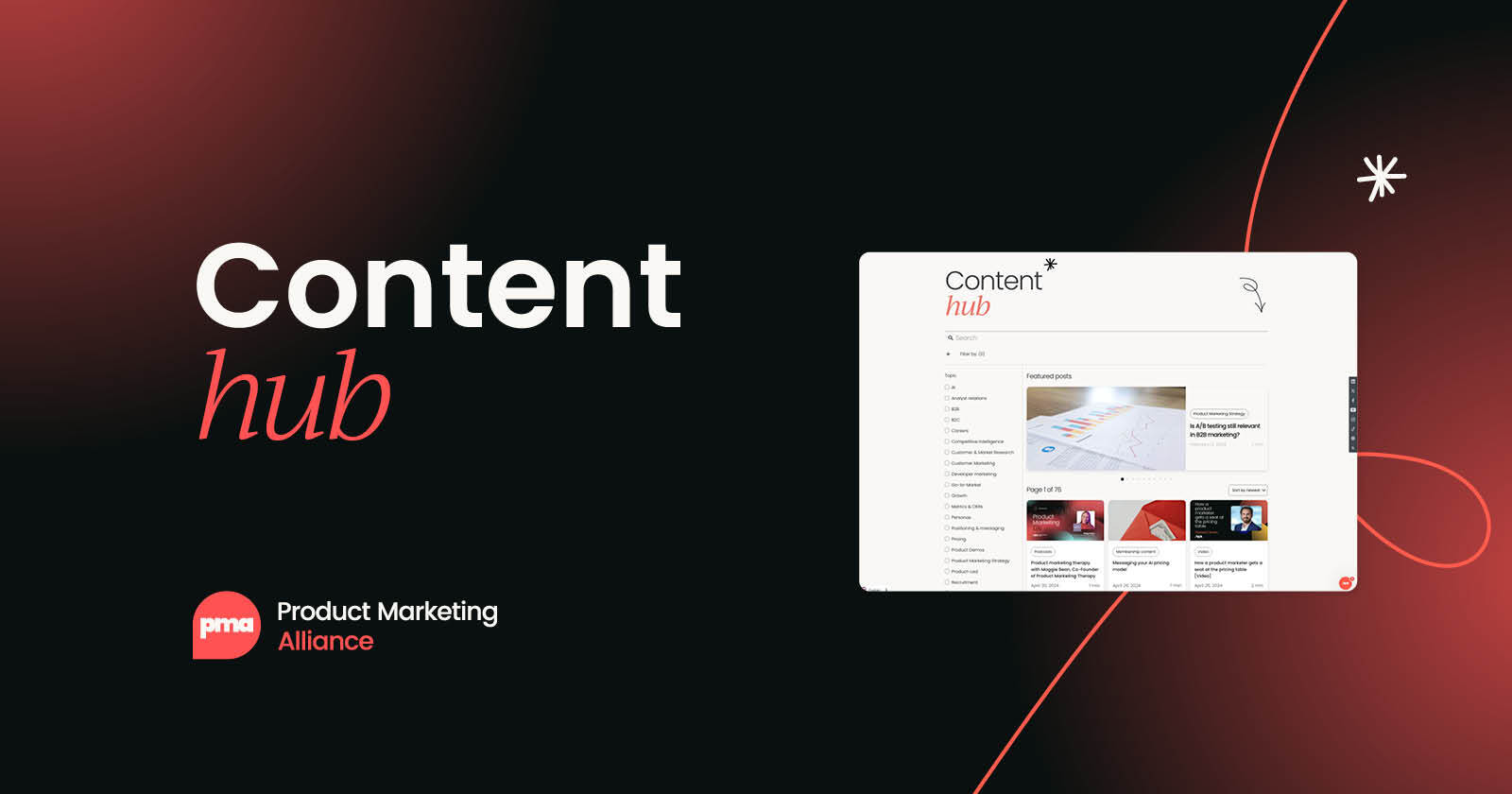



 Follow us on LinkedIn
Follow us on LinkedIn




.svg?v=6ecbe3cf0d)